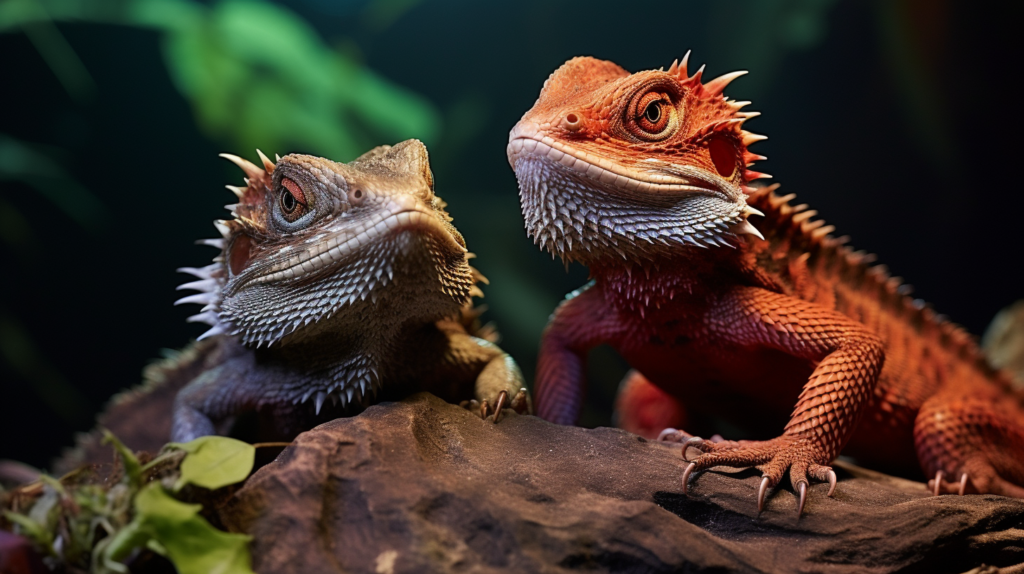Did you know that bearded dragons possess a plethora of intriguing characteristics that make them stand out among reptiles?
From their remarkable ability to communicate through their beards to their unique color-changing skills for temperature regulation, these creatures are truly mesmerizing.
But there’s one particular fact about bearded dragons that will leave you astonished and wanting to learn more.
Their capability to change their sex based on temperature variations is a phenomenon that showcases the extraordinary nature of these enchanting reptiles.
Climbing Abilities
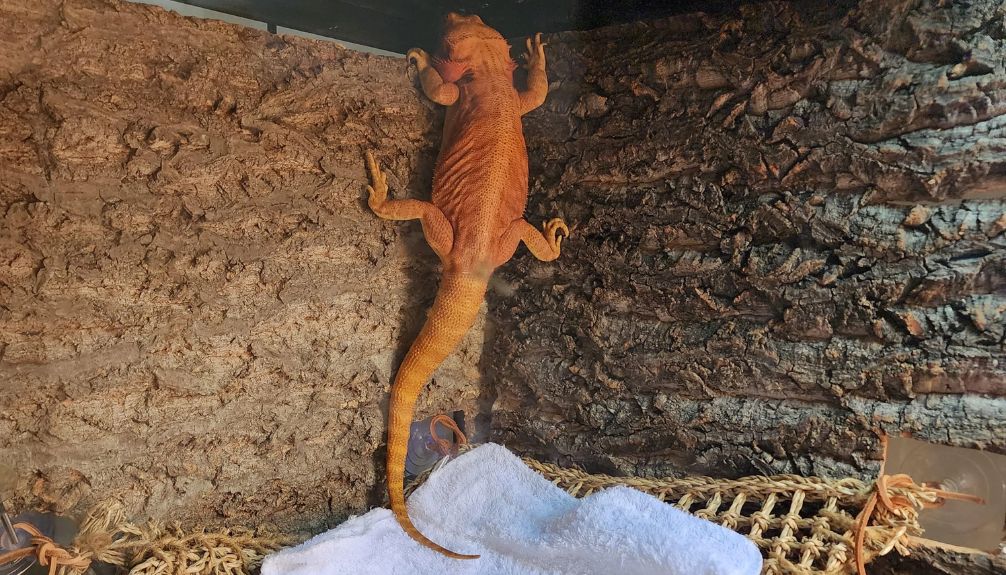
Despite primarily being terrestrial creatures, bearded dragons exhibit impressive climbing abilities, allowing them to navigate trees for various purposes such as finding food, escaping predators, or sunbathing. While these reptiles are known for their grounded nature, their semi-arboreal tendencies enable them to scale trees effectively. Tree climbing not only serves important functions but also plays a significant role in establishing dominance within their habitat. By mastering the art of climbing, bearded dragons can optimize their environment, ensuring access to resources and asserting their authority when needed.
The adaptability of bearded dragons extends beyond their terrestrial lifestyle, showcasing their remarkable ability to thrive in diverse settings. When engaging in tree climbing, these creatures exhibit natural behaviors that are essential for their physical and psychological well-being. This skill demonstrates the agility and versatility of bearded dragons, allowing them to meet their needs efficiently in various situations. Embracing tree climbing as part of their behavioral repertoire highlights the complex and dynamic nature of these fascinating reptiles.
Emotional Chin Displays
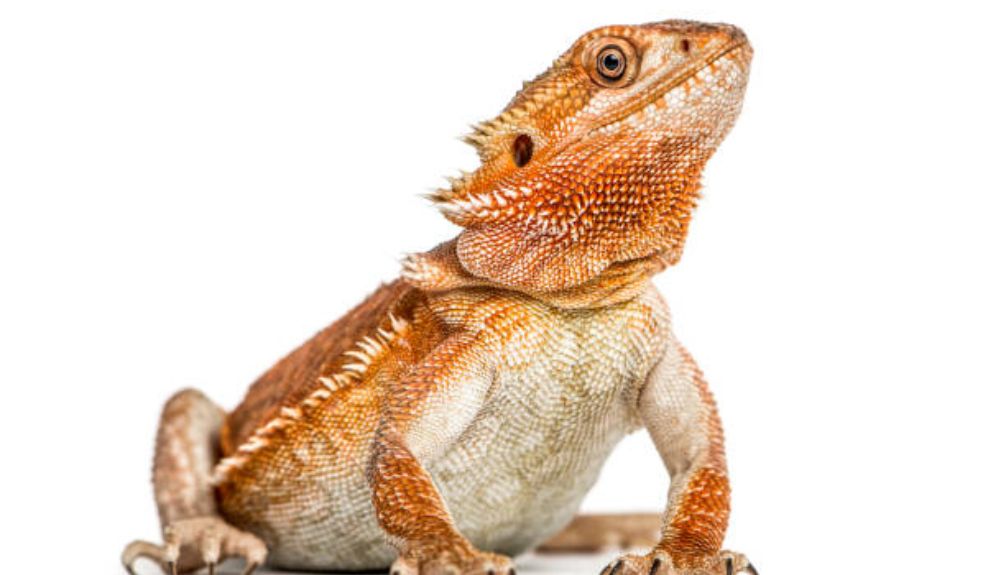
Emotional Chin Displays in bearded dragons serve as a fundamental mechanism for communicating their mood and state of mind through color changes in their chin spines. These color changes in the spines under the chin play a vital role in conveying emotions such as stress, threat, or arousal. When a bearded dragon feels threatened, its beard can expand, and the body may puff up as a defensive display. Conversely, in a calm state, the beard blends with the body color and rests flat under the chin, indicating a relaxed demeanor.
To further understand how bearded dragons utilize their chin spines for emotional communication, let’s explore a table that illustrates the different color changes and their corresponding emotions:
| Color Changes | Emotions |
|---|---|
| Brighter | Arousal |
| Darker | Stress |
| Matching body color | Calmness |
Legal Habitat Restrictions
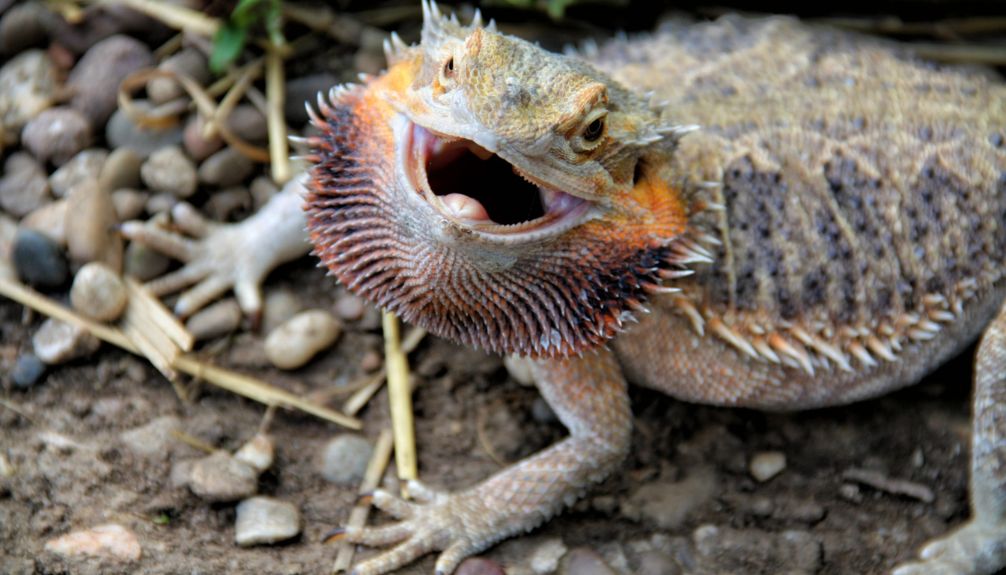
The conservation of bearded dragons is closely tied to legal habitat restrictions, particularly concerning their export and distribution in different regions worldwide. Australia, home to various species of bearded dragons, enacted an export prohibition in the 1960s to safeguard its native populations. Despite these measures, smuggling incidents aimed at supplying the captive breeding market occurred between 1974 and 1990, negatively impacting wild populations.
While domestic bearded dragon breeds can be found globally, Hawaii stands out due to legal restrictions that prevent their presence on the islands.
Globally, approximately 900 bearded dragons reside in zoos, serving both conservation and educational purposes. However, the introduction of bearded dragons to Hawaii could pose a significant threat to the native ecosystem and wildlife. As a result, stringent regulations are in place to prevent their establishment in Hawaii. These legal measures play a crucial role in protecting the natural habitats of bearded dragons and ensuring their conservation for future generations.
Tooth Regeneration Ability

How do bearded dragons showcase their remarkable tooth regeneration ability compared to other reptiles?
Bearded dragons possess a unique combination of polyphyodont and monophyodont teeth, allowing them to regrow their front teeth over time. While polyphyodont teeth can continuously regrow, monophyodont teeth, once lost, can’t be regenerated. This ability to regrow teeth isn’t exclusive to bearded dragons but is shared with other reptiles like sharks and geckos.
Tooth regeneration in bearded dragons is a fascinating biological adaptation that contributes greatly to their resilience and survival strategies. This adaptation enables them to replace damaged or lost teeth, ensuring their ability to eat and defend themselves.
The regrowth of teeth in bearded dragons highlights their exceptional biological capabilities, providing them with a distinct advantage in maintaining their oral health and overall well-being.
Water Collection Behavior
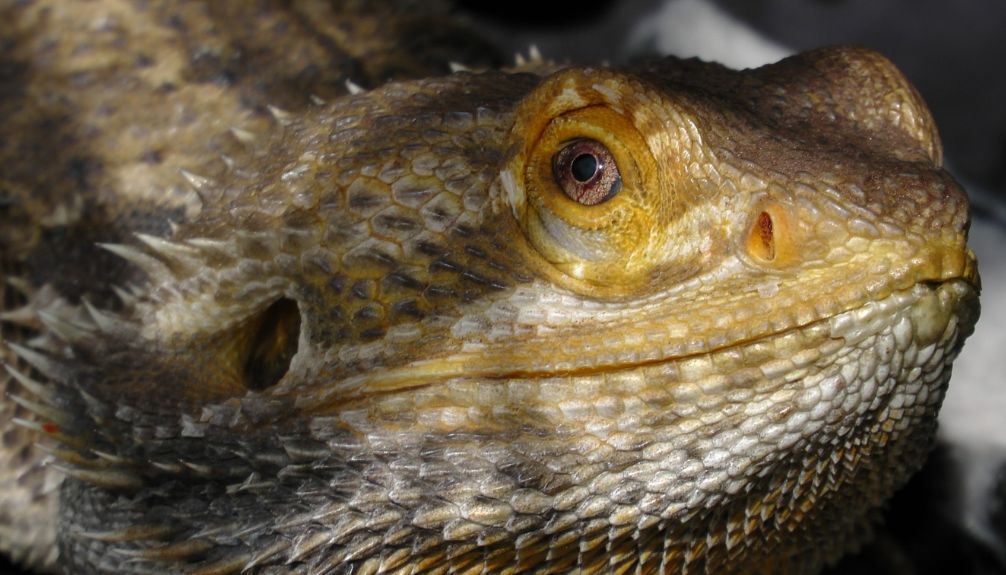
Bearded dragons’ remarkable adaptation to water collection involves a unique behavior of capturing water on their heads during rare rain showers. In their arid desert habitat, this unusual method aids in their survival by providing a vital water source.
Here’s how they accomplish this:
- Standing Tall: When rain showers bless the desert landscape, bearded dragons stand on their hind legs with their heads tilted down, ready to capture the precious water droplets.
- Water Catching: As the rain falls, water streams down their faces, collecting on the crevices of their heads, allowing them to lap it up efficiently.
- Unique Adaptation: This behavior of water collection on their heads is proof of the bearded dragons’ remarkable ability to adapt to their harsh environment, showcasing their unique adaptation for dealing with water scarcity in the desert.
This distinctive water collection behavior not only highlights the resourcefulness of these reptiles but also underscores their resilience in the face of challenging conditions in the desert habitat.
Sperm Storage Capability
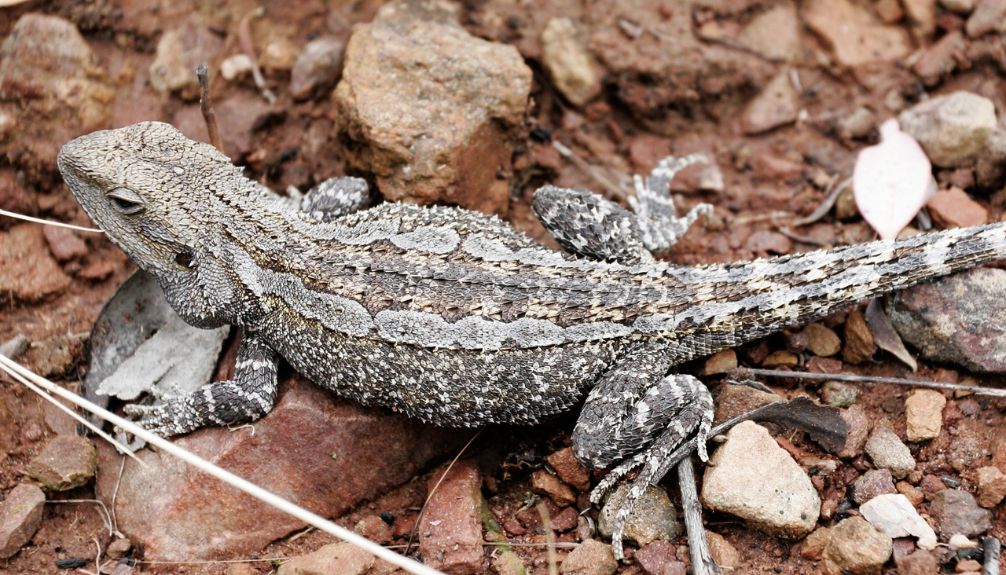
Possessing a unique reproductive feature, female bearded dragons exhibit the fascinating ability to store sperm in their reproductive tracts for future fertilization. This remarkable adaptation allows female bearded dragons to lay multiple clutches of eggs with just one mating session. By storing sperm, these dragons can maximize their offspring production while minimizing the need for frequent mating encounters. However, the stored sperm must be utilized within the same breeding period to guarantee successful fertilization of the eggs.
This sperm storage capability is a significant factor contributing to the reproductive success and efficiency of female bearded dragons. It provides them with a reproductive advantage by enabling them to reproduce without the immediate presence of a male partner. This adaptation showcases the evolutionary ingenuity of these reptiles, allowing them to thrive in their natural environment by ensuring genetic diversity and the continuation of their species through strategic reproduction methods.
Communication Methods
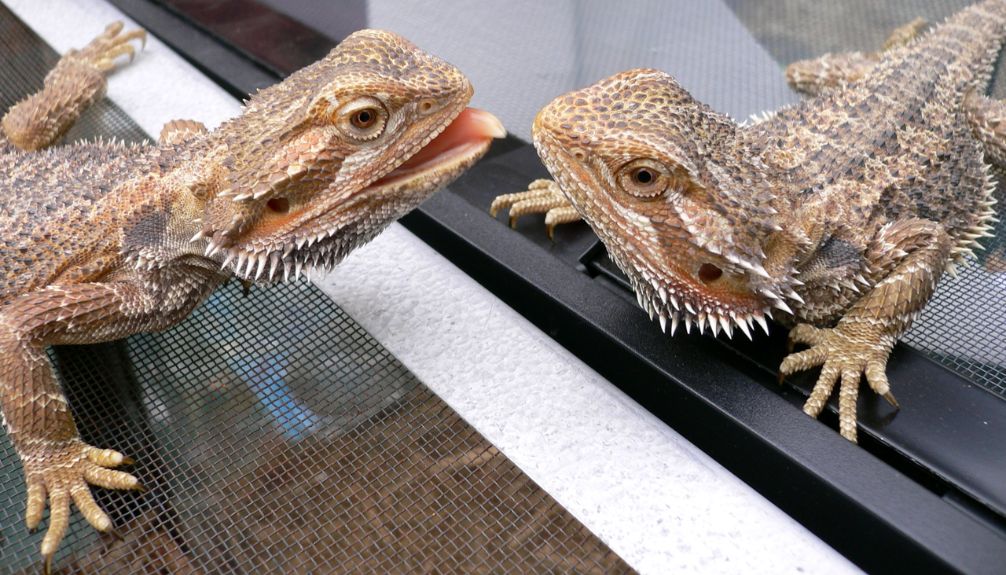
Utilizing intricate gestures and body movements, bearded dragons employ a variety of communication methods to convey dominance, submission, and potential distress within their social interactions. These reptiles exhibit complex behaviors that can be interpreted through their actions, particularly head bobbing and arm waving. Here’s how they use these methods:
- Head Bobbing: This behavior is a clear sign of dominance among bearded dragons. It’s commonly observed during mating rituals, where the dominant individual initiates courtship through rhythmic head movements. Head bobbing establishes a hierarchy within their group dynamics.
- Arm Waving: In contrast to head bobbing, arm waving in bearded dragons signifies submission. When faced with a more dominant individual, a bearded dragon may wave its arms to communicate submissiveness and avoid potential conflicts. This behavior is essential for maintaining social order within their communities.
- Stress Indicators: While primarily associated with dominance and submission, arm waving in bearded dragons can also signal stress or discomfort. Caretakers and observers need to recognize these subtle cues to ensure the well-being of these fascinating reptiles.
Chameleon-Like Color Change
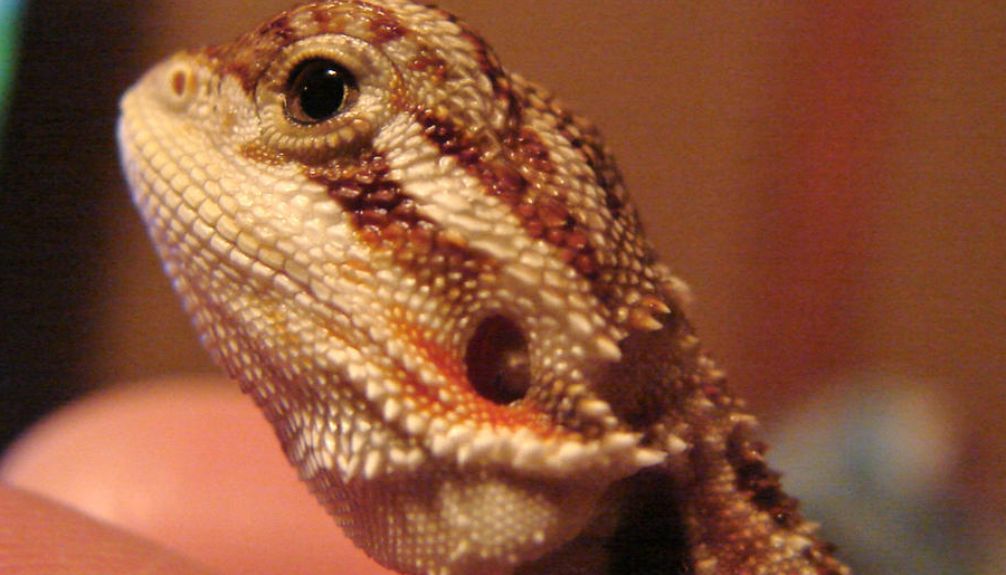
With their remarkable ability to mimic the color-changing prowess of chameleons, bearded dragons showcase a mesmerizing display of adaptation in response to various stimuli, particularly in social interactions. Bearded dragons can change color like chameleons, with specific color changes in the neck region being associated with social interactions. This chameleon-like ability allows them to communicate and express their mood without making a sound. Additionally, changes in the back area help these reptiles regulate their body temperature by either reflecting or absorbing sunlight. They can isolate specific body parts to change color, adding to their allure and uniqueness. This color-changing mechanism aids in thermoregulation, enabling them to adapt to varying environmental conditions efficiently. The enchanting nature of their color change makes bearded dragons fascinating pets that can mesmerize you with their vibrant displays.
| Aspect | Description |
|---|---|
| Social Interactions | Color changes in the neck region for communication |
| Thermoregulation | Back area changes to regulate body temperature |
| Uniqueness | Ability to isolate specific body parts for color change |
Sleeping Posture
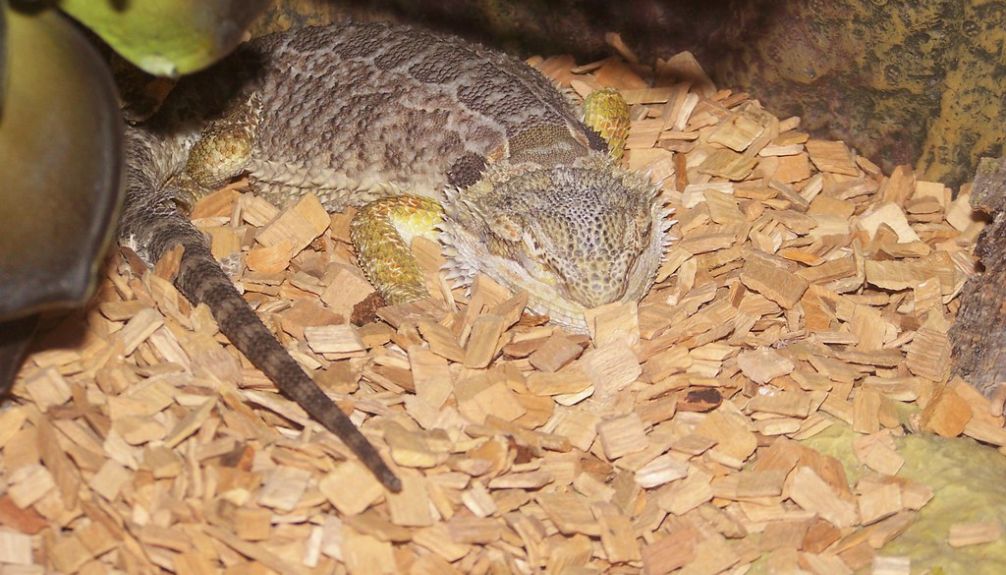
Bearded dragons exhibit diverse sleeping postures, ranging from upright positions leaning against structures to more relaxed belly-down positions. Their sleeping behavior can give insights into their comfort level and well-being.
Here are some key points to understand their sleeping habits:
- Upright Sleeping: Bearded dragons can sleep standing up, mimicking their wild behavior of propping against trees or rocks. This position might seem odd but is a natural way for them to rest.
- Awkward Positions: In captivity, these dragons may be seen sleeping in awkward positions, such as against tank walls or ornaments. While it may look uncomfortable to us, they’ve their reasons for choosing these spots.
- Belly-Down Sleeping: However, the belly-down position is the typical and presumably more comfortable way for bearded dragons to sleep. This posture indicates relaxation and contentment in their environment.
Understanding the variations in their sleeping postures can help you gauge your bearded dragon’s comfort and overall well-being.
Human Speed Running
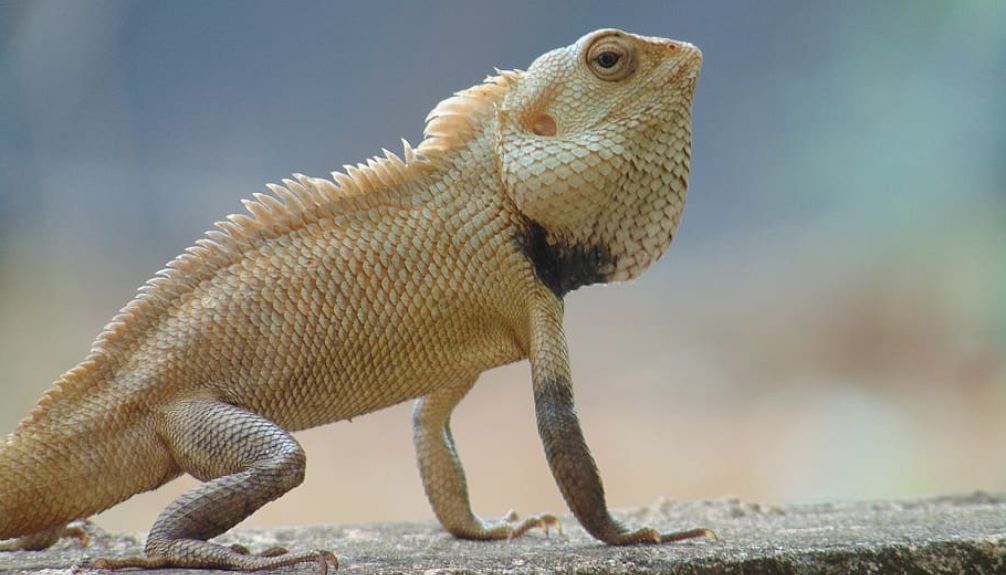
Exploring the domain of human speed running reveals a fascinating interplay of biomechanics and physiological adaptations.
Bearded dragons, known for their unique running behavior on hind legs, utilize this technique not only for swift movement but also for regulating their body temperature and escaping predators efficiently.
When threatened or in need to optimize their speed, these reptiles naturally engage in upright running, reaching speeds of up to 9 miles per hour, a pace comparable to human running speed.
This behavior showcases the agility and adaptability of bearded dragons, allowing them to navigate their environment with precision when required.
While typically sedentary, their ability to exhibit such rapid running behavior highlights their evolutionary advantage in evading danger and surviving in the wild.
Temperature-Based Sex Change
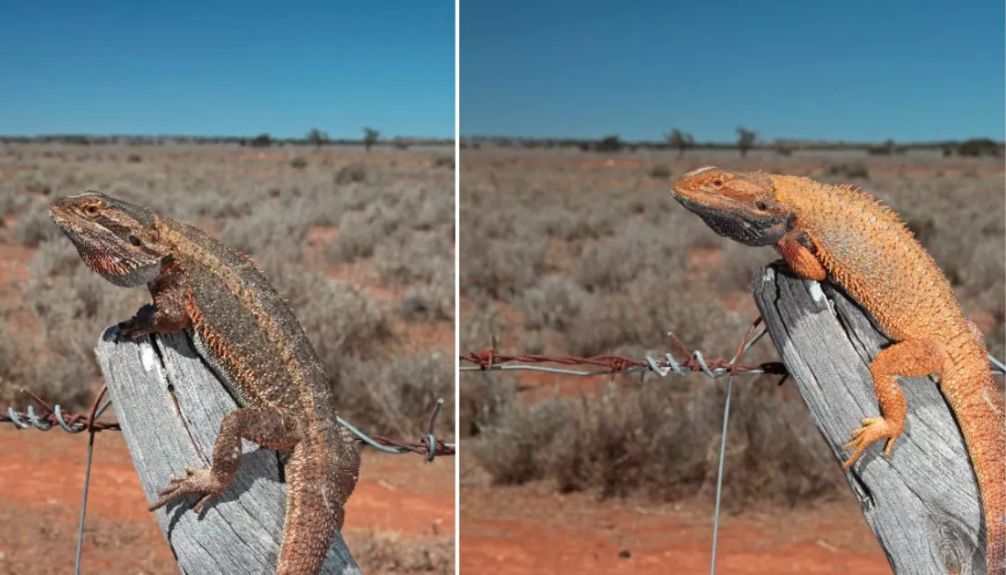
Temperature-driven sex changes in bearded dragons occur reliably at temperatures of 96.8 degrees Fahrenheit and higher, leading to important implications for their reproductive biology. This remarkable phenomenon influences female changes within the bearded dragon population, highlighting the following key points:
- Consistent Response: Bearded dragons exposed to temperatures of 96.8 degrees Fahrenheit and above consistently exhibit sex changes, demonstrating the reliability of this temperature-based mechanism in determining their sex.
- Enhanced Reproduction: Female dragons that undergo a sex change from male to female due to high temperatures during embryonic development can notably increase their reproductive output. These female dragons can produce twice as many eggs compared to their original male counterparts.
- Climate Change Impact: The ability of bearded dragons to adapt to temperature fluctuations is important for their survival. However, the looming threat of climate change poses challenges, potentially leading to skewed sex ratios, and all-female populations, and ultimately impacting the conservation status of these fascinating reptiles. Conservation efforts are essential to safeguard the diverse populations of bearded dragons amidst changing environmental conditions.
Preference for Solitude

In their natural habitat, bearded dragons demonstrate a clear preference for solitude, establishing individual territories for essential activities like basking and feeding. This territorial behavior is important for their well-being, as it helps reduce stress and competition among these reptiles. Providing individual hiding spots in captivity can mimic their natural inclination towards solitude, creating a more comfortable environment for them. Bearded dragons typically lead solitary lives in the wild, coming together mainly during breeding seasons. By having their own space, they can thrive without the pressures of constant interaction with others of their kind.
To illustrate the importance of solitude for bearded dragons, consider the following table:
| Aspects of Solitude | Importance |
|---|---|
| Territorial Behavior | Establishing boundaries for essential activities |
| Individual Hiding Spots | Mimicking natural preferences in captivity |
| Stress Reduction | Promoting overall well-being |
| Competition Management | Allowing peaceful coexistence |
Understanding and respecting their preference for solitude is important for ensuring the happiness and health of these remarkable creatures.
Unique Urination Method

Bearded dragons employ a distinctive method of excreting uric acid instead of liquid urine, aiding in water retention in their bodies within the arid Australian environment. This unique urination mechanism is essential for their survival in the desert habitat.
- Uric Acid Appearance: When bearded dragons excrete uric acid, it manifests as a white powder or chalky paste, unlike the typical liquid urine seen in many other animals. This adaptation helps prevent water loss in their bodies.
- Water Conservation: By excreting uric acid through the cloaca, the same opening used for feces, bearded dragons effectively conserve water. This is vital for their ability to thrive in the arid conditions of their natural habitat.
- Species-Specific Behavior: Unlike other reptiles, the unique urination method of bearded dragons is specific to their species. This specialized adaptation highlights the remarkable ways in which these creatures have evolved to survive in their challenging environment.
Winter Brumation Behavior
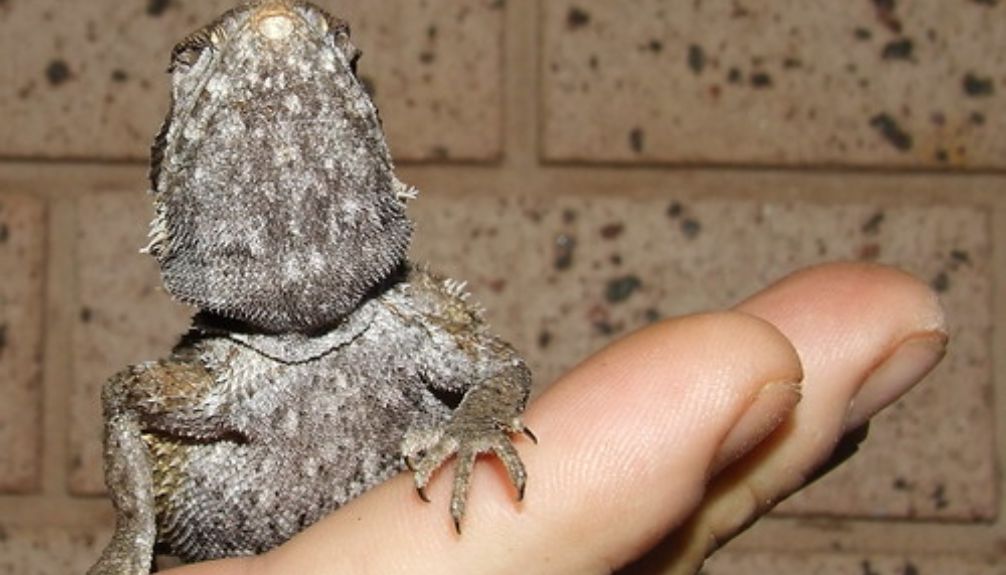
The shift to winter brumation marks a significant physiological change for bearded dragons, impacting their metabolic activity and behavioral patterns. Brumation is a period during winter when these reptiles slow down their metabolism to conserve energy and cope with colder temperatures.
During this time, they eat and drink less than usual, preparing their bodies for a hibernation-like state that can last for several weeks to a few months. As bearded dragons emerge from brumation, they’re pivotal for the reproductive season, displaying specific behaviors geared towards mating.
In captivity, this natural behavior is essential for the overall health and well-being of bearded dragons, mimicking the conditions they’d experience in the wild. Understanding and respecting this brumation cycle is vital for ensuring the proper care and management of these fascinating creatures, allowing them to thrive and maintain their natural behaviors even in a captive environment.
Salmonella Transmission Risk
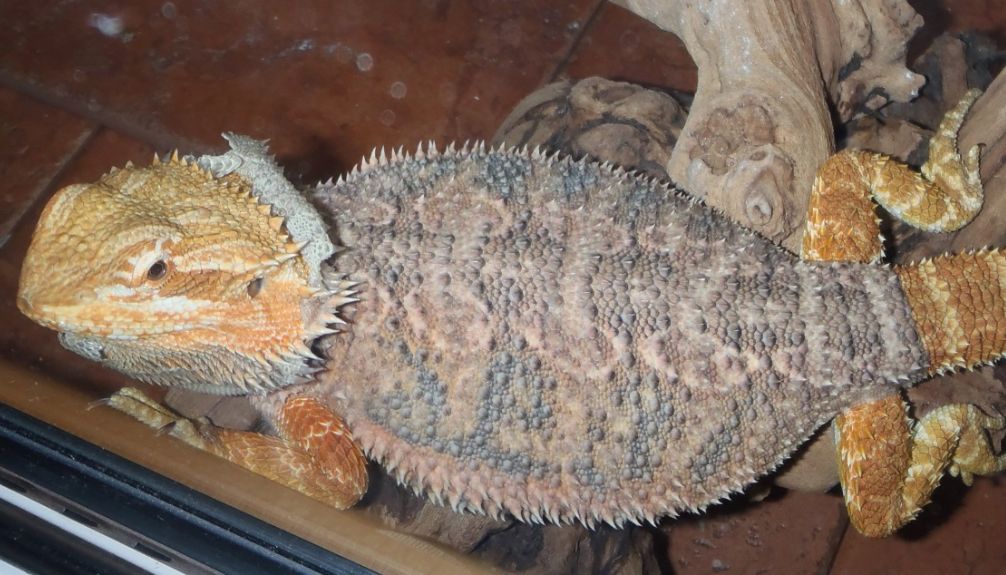
Exposure to bearded dragons carries a potential risk of salmonella transmission due to the bacteria present in their digestive tracts. This risk can be managed effectively by implementing proper hygiene practices. Here are some key points to take into account:
- Salmonella Risk: Bearded dragons can harbor salmonella germs in their digestive tracts, which can be transmitted to humans through contact with the reptiles or their immediate environment.
- Hygiene Practices: Regular handwashing with soap and water after handling bearded dragons or cleaning their habitat is vital in preventing the spread of salmonella.
- CDC Monitoring: The Centers for Disease Control and Prevention (CDC) actively monitors salmonella outbreaks associated with pet reptiles, including bearded dragons, to track cases and identify potential sources of infection.
Given the recent outbreak consequences in June 2022 that resulted in illness and hospitalizations across multiple states, it’s essential to adhere to strict hygiene practices when interacting with bearded dragons to mitigate the transmission risk of salmonella.
Spinal Cord Structure
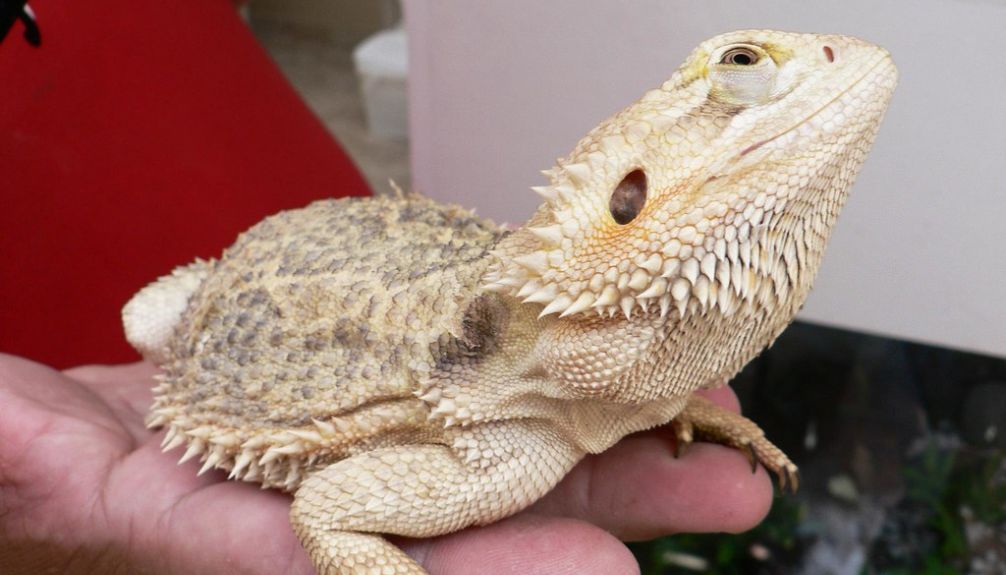
Understanding the unique spinal cord structure of bearded dragons sheds light on their remarkable agility and adaptability in various environments. Unlike many other animals, bearded dragons lack protective discs in their spinal cords, leaving them vulnerable to injuries. However, this structural adaptation isn’t a weakness but rather a key factor in their exceptional agility. The absence of these discs allows for increased flexibility and mobility, enabling these reptiles to navigate diverse terrains with ease.
This specialized spinal cord structure plays an important role in the bearded dragon’s natural movements, facilitating quick responses and swift maneuvers. By adapting to this unique anatomy, bearded dragons can thrive in the wild, hunting for prey and evading predators effectively. Owners and caregivers need to comprehend this aspect of their anatomy to provide adequate care and minimize the risk of spinal injuries in captivity. Overall, the spinal cord structure of bearded dragons is crucial to their evolutionary success and resilience in challenging environments.
Cold-Blooded Nature
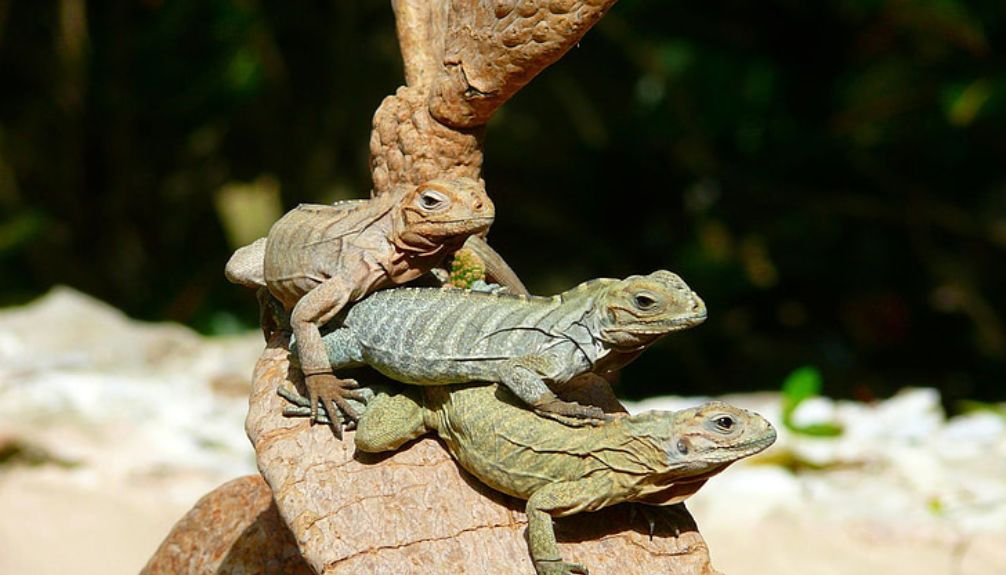
To comprehend the significance of bearded dragons’ cold-blooded nature, consider their reliance on external sources to regulate body temperature efficiently. These reptiles depend on the environment to maintain their internal warmth, impacting various aspects of their physiology.
Here are some key points to understand about bearded dragons’ cold-blooded nature:
- Metabolism Regulation: Bearded dragons’ metabolism is intricately linked to the surrounding temperature. As cold-blooded creatures, they require external heat sources to support metabolic processes effectively.
- Body Temperature Maintenance: The ability of bearded dragons to regulate their body temperature is important for their overall well-being. They bask in the sun to raise their internal warmth and adjust their activity levels accordingly.
- Heating Elements Importance: Providing proper heating elements in their enclosure is essential for bearded dragons. These elements offer the necessary warmth for physiological functions, aiding in digestion, metabolism, and overall health. Ensuring a suitable thermal gradient in their habitat is crucial for their thriving existence.
Sunlight Digestion Aid
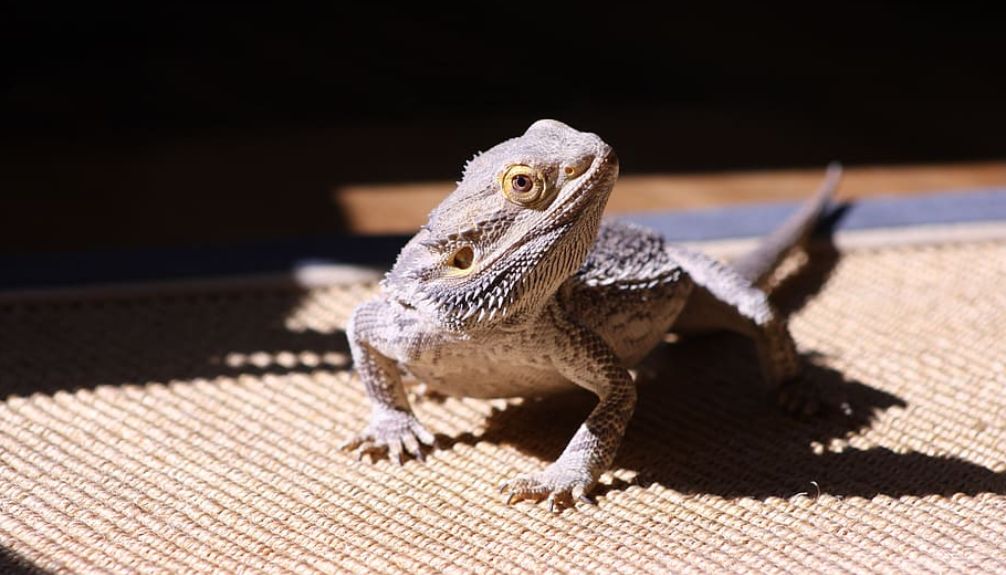
Considering the crucial role sunlight plays in aiding bearded dragons’ digestion, it’s imperative to understand how UV exposure impacts their overall health and well-being. Bearded dragons rely on UVB rays from sunlight to properly digest their food. These rays are essential for metabolizing calcium, a vital component for bone health and to prevent metabolic bone disease.
Sunlight exposure not only facilitates calcium metabolism but also aids in the absorption of crucial nutrients like vitamin D3, which is necessary for their overall well-being. Without adequate UV exposure, bearded dragons may suffer from health issues such as soft bones, muscle weakness, and stunted growth.
Therefore, it’s crucial to provide proper lighting setups in their habitat that mimic natural sunlight to support their digestive and metabolic processes effectively. Ensuring that your bearded dragon receives adequate exposure to UV rays is essential for maintaining its health and promoting proper digestion and calcium absorption.
Breathing Difficulty on Back
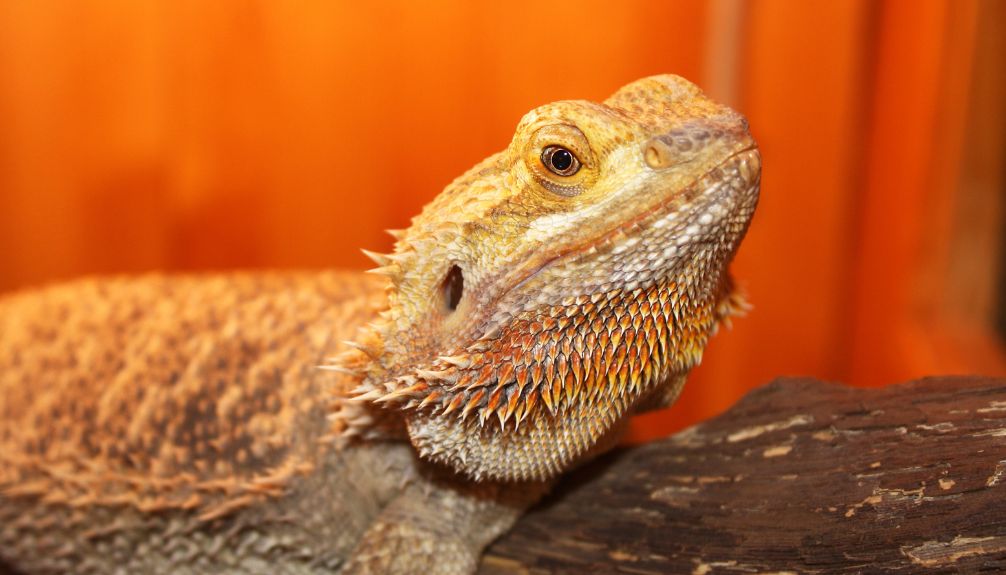
Breathing difficulty may occur in bearded dragons when placed on their backs due to their unique anatomy. These reptiles have a specific body structure that isn’t conducive to breathing when inverted. Here are some important points to keep in mind:
- Respiratory Distress: Placing a bearded dragon on its back can lead to respiratory distress. Their anatomy restricts proper breathing in this position, making it challenging for them to exchange air efficiently.
- Anatomy Matters: The anatomy of bearded dragons isn’t designed to support breathing when upside down. Their respiratory system functions best when they’re in a normal position, allowing them to breathe without any hindrances.
- Handle Carefully: Always handle bearded dragons with care to avoid putting them in a position that could lead to breathing difficulties. Being mindful of their anatomy and physiology will help guarantee their well-being and prevent any potential respiratory issues.
Three-Eyed Vision
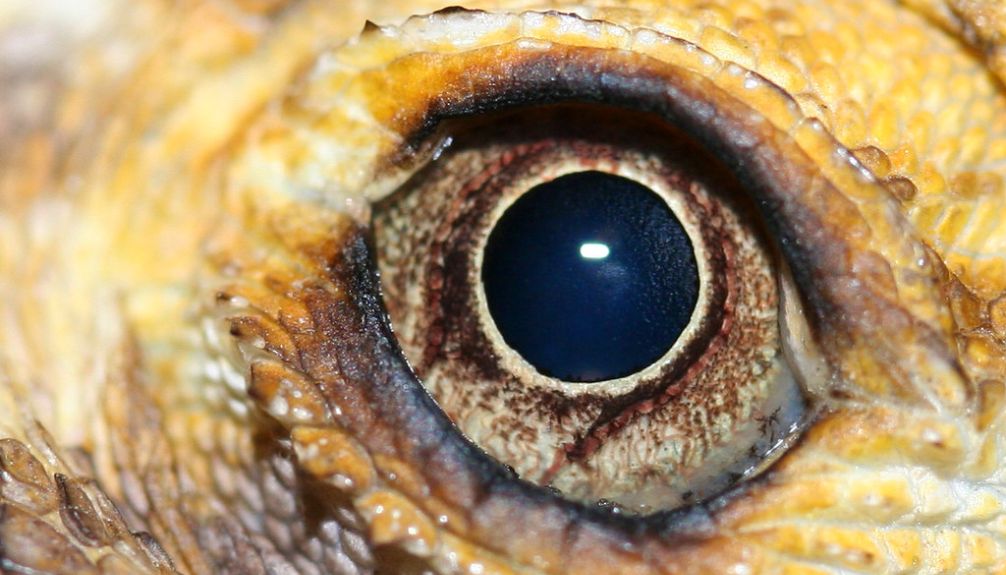
Nestled atop the heads of bearded dragons lies a fascinating feature known as the parietal eye, distinct from their primary vision but important for detecting predators and changes in light. This third eye also called the parietal eye, enhances the bearded dragon’s situational awareness by serving as a specialized tool for survival. While not used for conventional sight, this unique eye is sensitive to light, allowing the dragon to differentiate between light and dark environments effectively. By being attuned to shifts in brightness, the parietal eye plays a crucial role in alerting the dragon to potential threats lurking in its surroundings. This heightened sensitivity to changes in light enhances the bearded dragon’s ability to avoid danger and maintain a level of vigilance against predators. The parietal eye’s remarkable light detection capabilities contribute significantly to the bearded dragon’s overall safety and well-being.
| Parietal Eye Facts | |
|---|---|
| Location | Atop the head of bearded dragons |
| Function | Detecting predators and changes in light |
| Sensitivity | Sensitive to light, distinguishing between light and dark |
| Role | Enhances situational awareness and alerts to potential threats |
| Importance | Crucial for survival by aiding in avoiding danger |
Venomous Characteristics

Bearded dragons exhibit unique venomous characteristics, utilizing protamine content for hunting purposes and prey subduing. The presence of venom in these reptiles serves various functions essential for their survival:
- Specialized Venom: Bearded dragons possess venom that aids in subduing prey, primarily delivered through specialized glands located in their lower jaw. This venom is a vital tool for capturing and consuming their food efficiently.
- Essential Effects: While bearded dragons do possess venom, it’s important to note that their venom isn’t lethal to humans. Although it can cause discomfort when introduced into a human’s bloodstream, it’s generally harmless and primarily serves as a defense mechanism against predators.
- Adaptation for Survival: The evolution of venom in bearded dragons showcases their remarkable adaptation to their environment. This venomous characteristic has developed over time to enhance their ability to defend against threats and secure food sources, highlighting their remarkable survival strategies in the wild.
Post-Shed Color Alteration
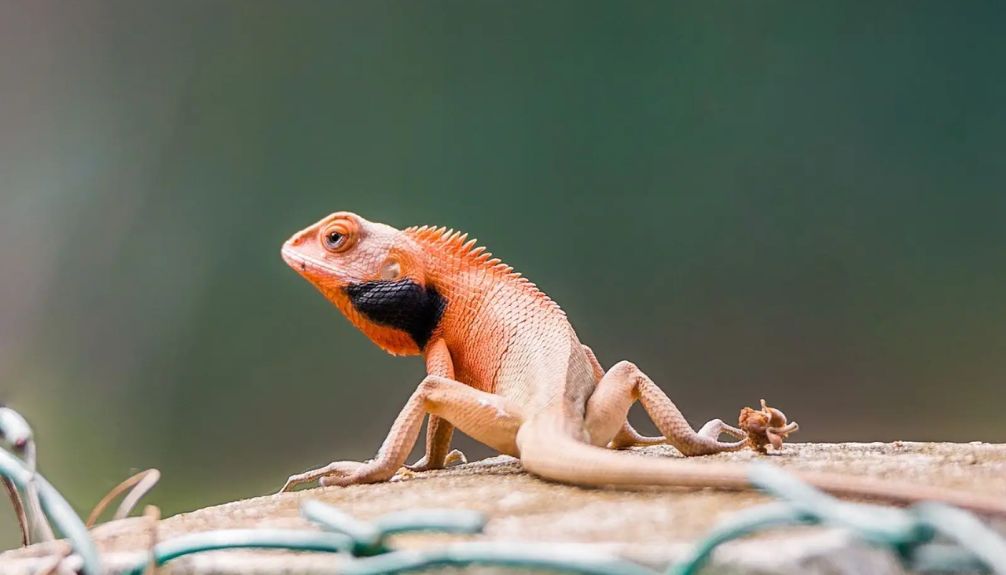
The remarkable post-shed color alteration in bearded dragons reveals a stunning transformation, showcasing vibrant and intensified hues on their scales. This color change is a natural certification that occurs as part of the shedding process. It allows for the emergence of new and more vivid colorations on their bodies, making it a visually striking and fascinating sight to behold.
| Color Change | Vibrant Hues | Shedding Process | Scales |
|---|---|---|---|
| Natural Certification | Intensified Colors | Shedding reveals hues | Color patterns |
Bearded dragons go through a shedding process where old skin is replaced by new skin. During this time, their scales can exhibit more intense colors and patterns than before. The post-shed color alteration is not only aesthetically pleasing but also serves a practical purpose, helping these reptiles adapt to their environment. Witnessing the vibrant hues of a bearded dragon after shedding is a certification of the beauty of nature and the intricate ways in which these creatures evolve.
Diverse Morph Varieties
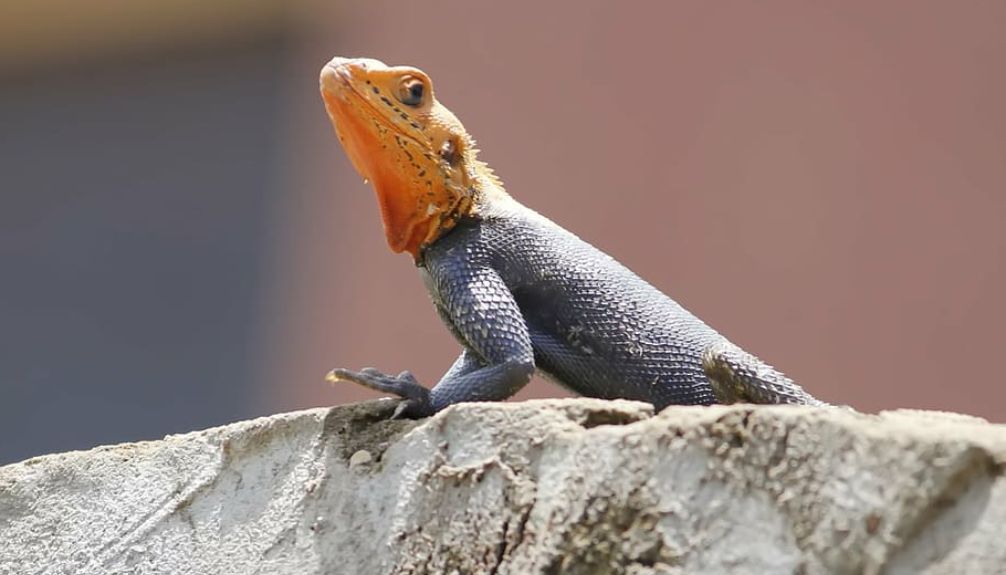
Exhibiting a wide array of morph varieties, bearded dragons showcase distinct characteristics in color, pattern, and scale texture. These variations not only make each dragon unique but also play a significant role in their appeal to enthusiasts and breeders alike. Here are some key points to take into account:
- German Giants: Known for their large size and robust build, German Giants typically have vibrant colors and striking patterns that set them apart from other morphs.
- Dunners: Dunner bearded dragons exhibit a distinctive pattern called ‘Dunner striping’ along their sides, giving them a visually alluring look that enthusiasts find enthralling.
- Leatherbacks: The scale texture of Leatherback dragons is smoother compared to other morphs, creating a velvety appearance that’s highly sought after in the reptile community.
These diverse morph varieties not only add aesthetic value but also contribute to the genetic diversity within the bearded dragon population. Breeders play an important role in developing and preserving these unique morphs, ensuring the continued fascination and admiration for these captivating creatures.
Social Housing Caution
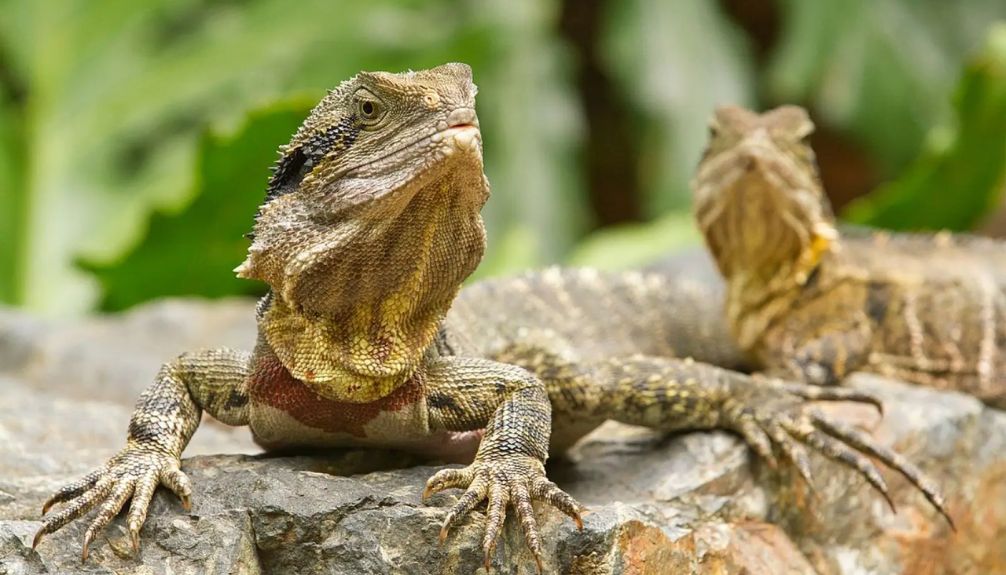
Housing bearded dragons in social groups require careful consideration to prevent aggression and maintain a harmonious environment. When keeping multiple bearded dragons together, it’s important to be aware of potential aggression and dominance dynamics that can arise.
Aggressive behavior within the group can result in submissive dragons being deprived of food and essential basking spots, impacting their overall health and well-being. Dominant dragons may exhibit territorial behaviors, leading to stress and conflict among the group members.
To mitigate these issues, setting up the housing environment properly is vital. Providing ample space, hiding spots, and basking areas can help reduce social tensions and create a more balanced setting for the dragons.
Regular monitoring of social interactions is key to identifying and addressing any potential issues early on, fostering a harmonious living environment for all the bearded dragons in the group. Remember, a well-thought-out housing setup is crucial for promoting peaceful group living among these fascinating reptiles.
Longevity Discrepancy
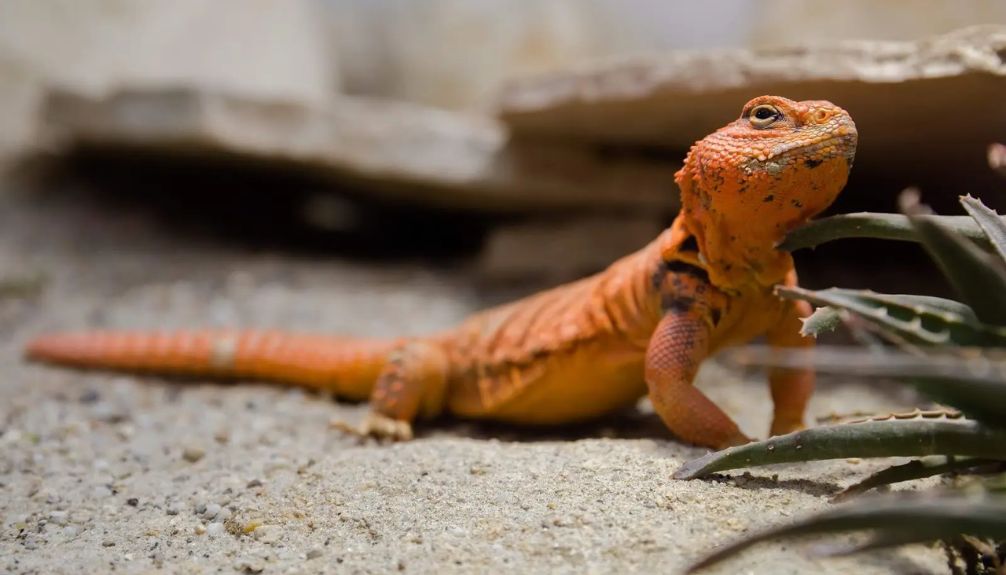
Considering the factors influencing bearded dragons’ lifespan, it becomes evident that longevity in captivity varies greatly. When it comes to ensuring your bearded dragon lives a long and healthy life, paying attention to their habitat conditions is important.
Here are some key points to help you understand the longevity of bearded dragons in captivity:
- Proper Habitat Setup: Providing an environment that mimics their natural habitat with adequate lighting, heating, and hiding spots is essential for their well-being and longevity.
- Nutritious Diet: Offering a balanced diet rich in vitamins and minerals is crucial for your bearded dragon’s overall health and can contribute to a longer lifespan.
- Regular Veterinary Care: Scheduling routine check-ups with a reptile-savvy veterinarian can help detect and address any health issues early on, potentially extending your bearded dragon’s lifespan.
Frequently Asked Questions
What Are Some Fun Facts About Wild Bearded Dragons?
Bearded dragons in the wild showcase fascinating behaviors and adaptations. They communicate using their beards, change color for temperature regulation, and exhibit social interactions through unique movements. These reptiles, native to Australia, thrive in diverse habitats.
What Are Some Fun Facts About Bearded Dragons Eyes?
Bearded dragons’ eyes are fascinating! They have four cones for great color vision, can detect motion behind them, see UVA rays, and sport a parietal eye for predator spotting. Their eyes are essential for hunting and survival.
Do Bearded Dragons Show Love?
Yes, bearded dragons do show love. They nuzzle, cuddle, and form strong bonds with their owners. Their affection is evident through social behavior and interactive nature. Understanding their body language reveals their loving demeanor towards humans.
How Fast Can Bearded Dragons Run?
Bearded dragons can run surprisingly fast, reaching speeds of up to 9 miles per hour. When needed, they exhibit a unique running behavior by raising their rear legs to navigate efficiently and escape predators.
Conclusion
To sum up, bearded dragons are truly fascinating creatures with a wide array of unique abilities and characteristics. From their impressive climbing skills to their emotional chin displays, these reptiles never cease to amaze.
However, it’s important to remember that they face serious threats in the wild and need our protection. Like a hidden gem waiting to be discovered, the world of bearded dragons is full of wonder and mystery, just waiting for you to explore.


